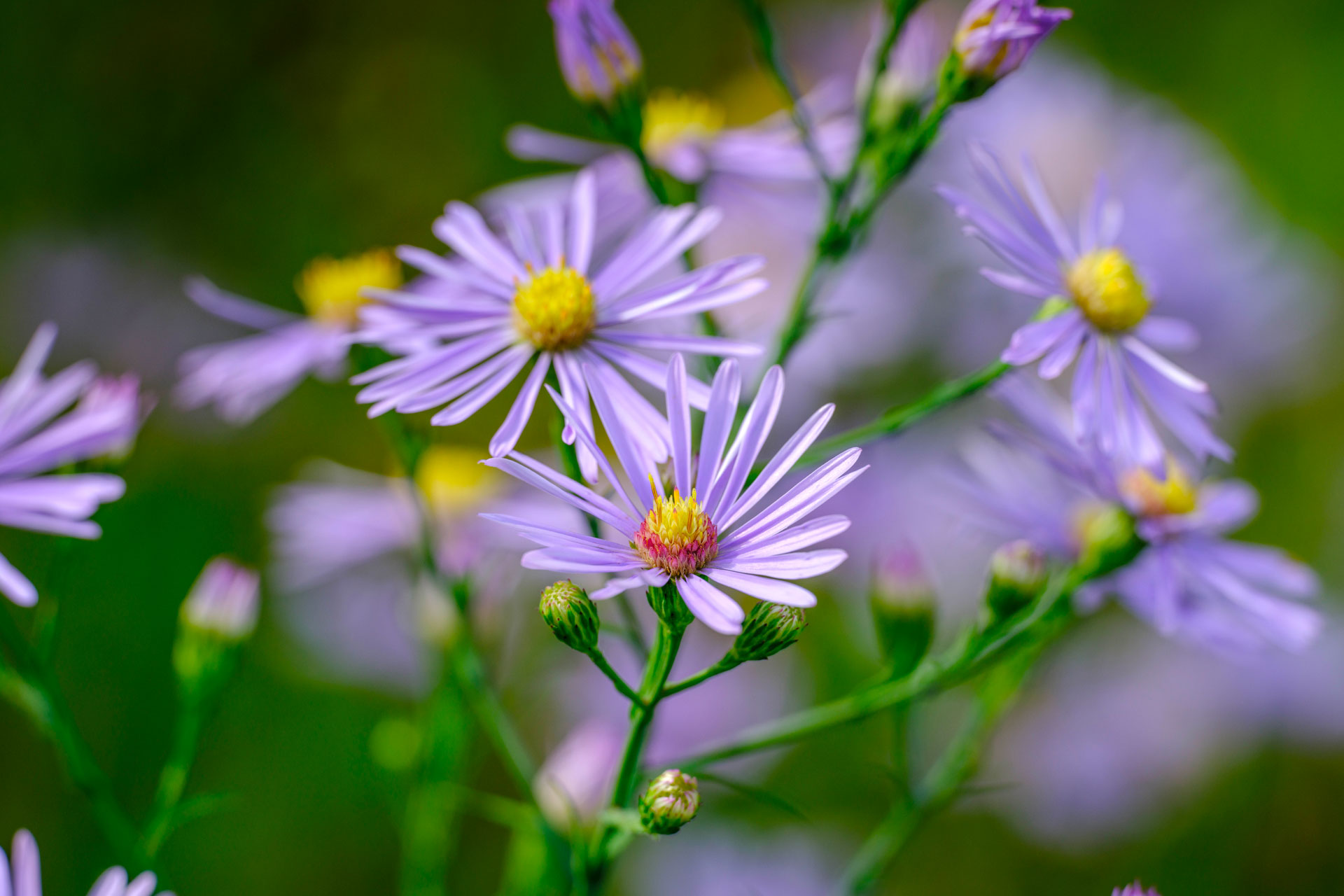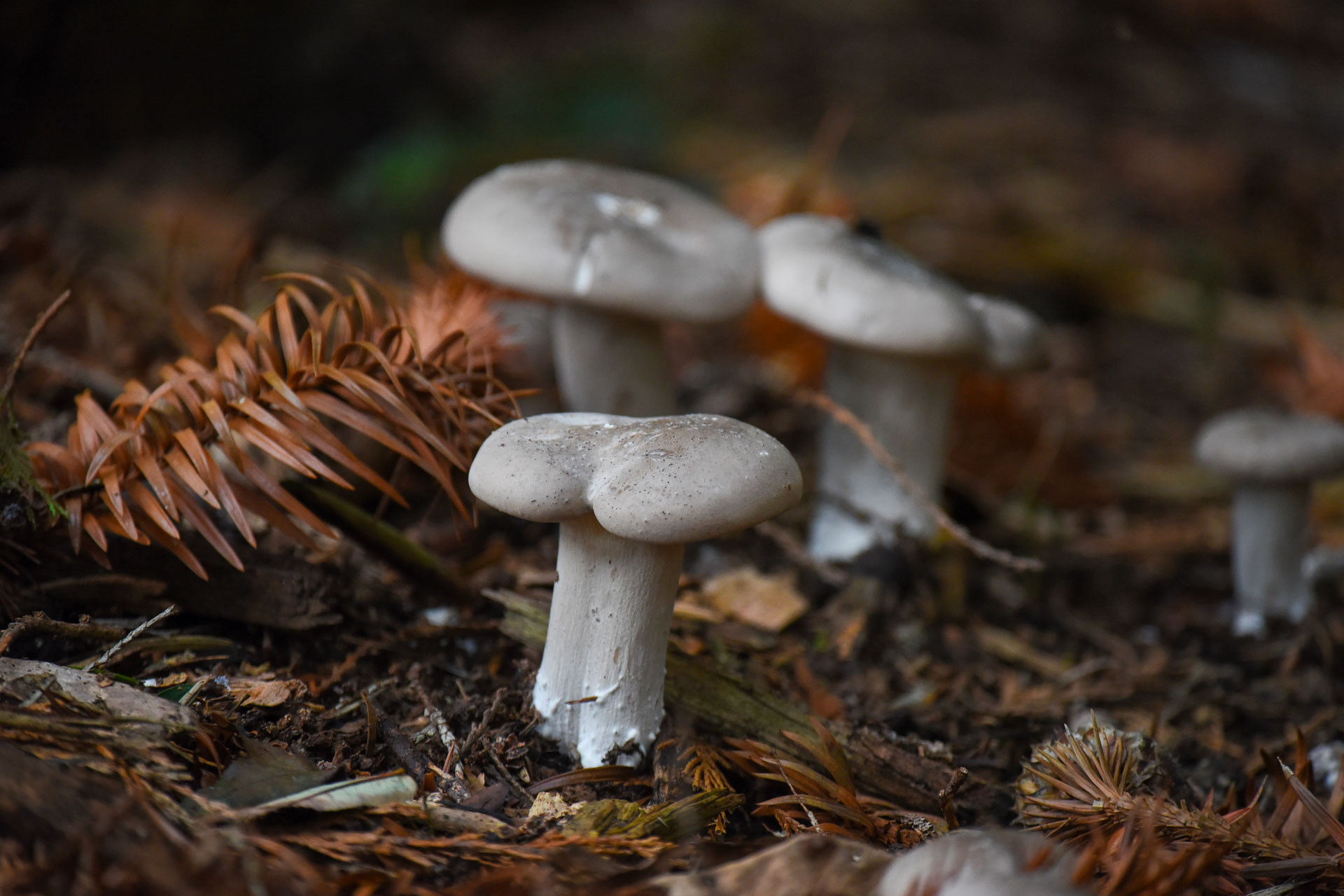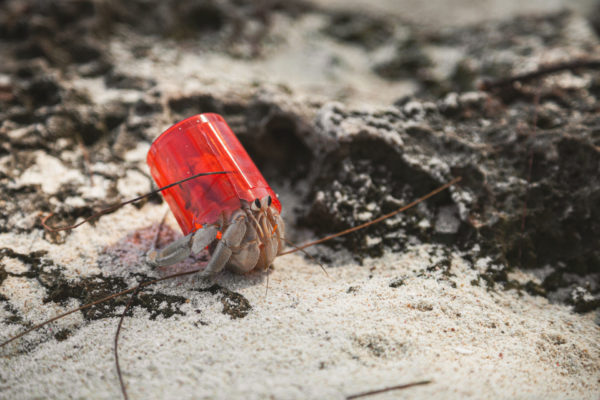3 in 4 Undescribed Plants Are Threatened With Extinction According To New Report – We Need To Act Now
By
1 year ago
The report from Kew urges us to expedite conservation efforts

A new report by RBG Kew has revealed that 75 percent of all undescribed plants are potentially threatened with extinction, alongside 45 percent of all known flowering plants, due to climate change.
New State Of The World Report From RBG Kew Reveals Risks Of Plant Extinction

© Steve Lancefield, RBG Kew
The State Of The World report by RBG Kew pulls together the work of over 200 international researchers and lays out the current condition of the world’s plants and fungi globally. It examines global drivers and patterns of biodiversity, as well as critical knowledge gaps and how to address them.
At present, over 350,000 species of vascular plants are known to science, but it’s likely that as many as 100,000 are still to be formally named. Of these undescribed vascular plants, the report estimates that 3 in 4 are likely to be already threatened with extinction. There appears to be a relationship between how recently the plant has been formally identified, and its likelihood to be under threat; the more recent species of plant are more likely to meet the criteria for a higher threat category.

© Jim Holden
Kew scientists who worked on the report are suggesting that all newly described species should be treated as though they have been assessed as threatened unless proven otherwise. ‘If accepted, our recommendation could aid in the protection of many tens of thousands of undescribed threatened species, by treating them as threatened as soon as they become known to us,’ says Dr Matilda Brown, researcher in Conservation Assessment and Analysis at RBG Kew.
In addition to this threat on undiscovered plant species, the report also highlights the risks to the flowering plant species already known to science. The new estimates indicate that 45 percent of these flowering plants could be under threat of extinction. Most threatened among these are the plant families which include orchids (orchidaceae), black pepper (piperaceae), pineapples (bromeliaceae), and many other important crops (with the threat being to the araceae family of plants).
The report suggests that these new findings should guide policymakers and conservationists to expedite efforts to save plants – and prevent these threatened species from disappearing forever. The scientists behind the findings are now calling for a double-pronged approach to prevent further decline. For fungi, this would be to integrate fungal conservation with those of plants and animals, and to formally protect areas in which fungi particularly thrive and grow. With plants, they believe that efforts to assess conservation statuses must be accelerated.

© RBG Kew
In more positive findings, the authors of the report also estimates that there are two and a half million species of fungi with over 90 percent yet to be discovered. Unearthing new species of fungi could be the key to unlocking new sources of food, medicine, chemicals and enzymes (some of which might have properties which help break down plastic, for example).
How is flower and plant population decline linked to climate change?
According to the US National Park service, climate change adversely affects plants and flowers in a variety of ways. A changing climate weakens plant resilience, forest structures and ecosystems. Climate events such as droughts and wildfires lead to immediate loss of plant species, as well as encouraging surviving plants to be less productive. In addition, climate change can encourage the spread of invasive species, as native plants lose their environmental advantage; this, in turn, can encourage invasive species to take over landscapes.






